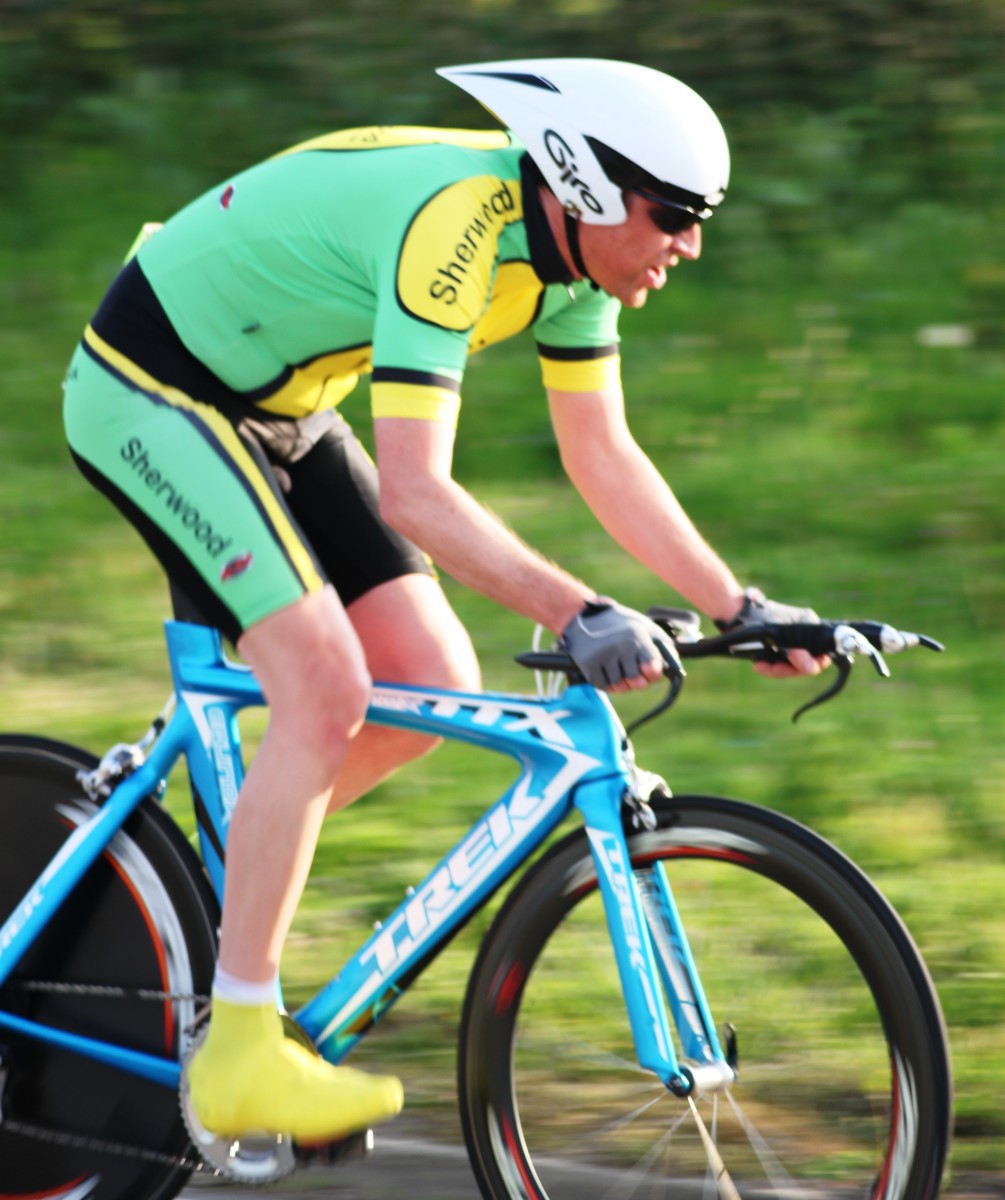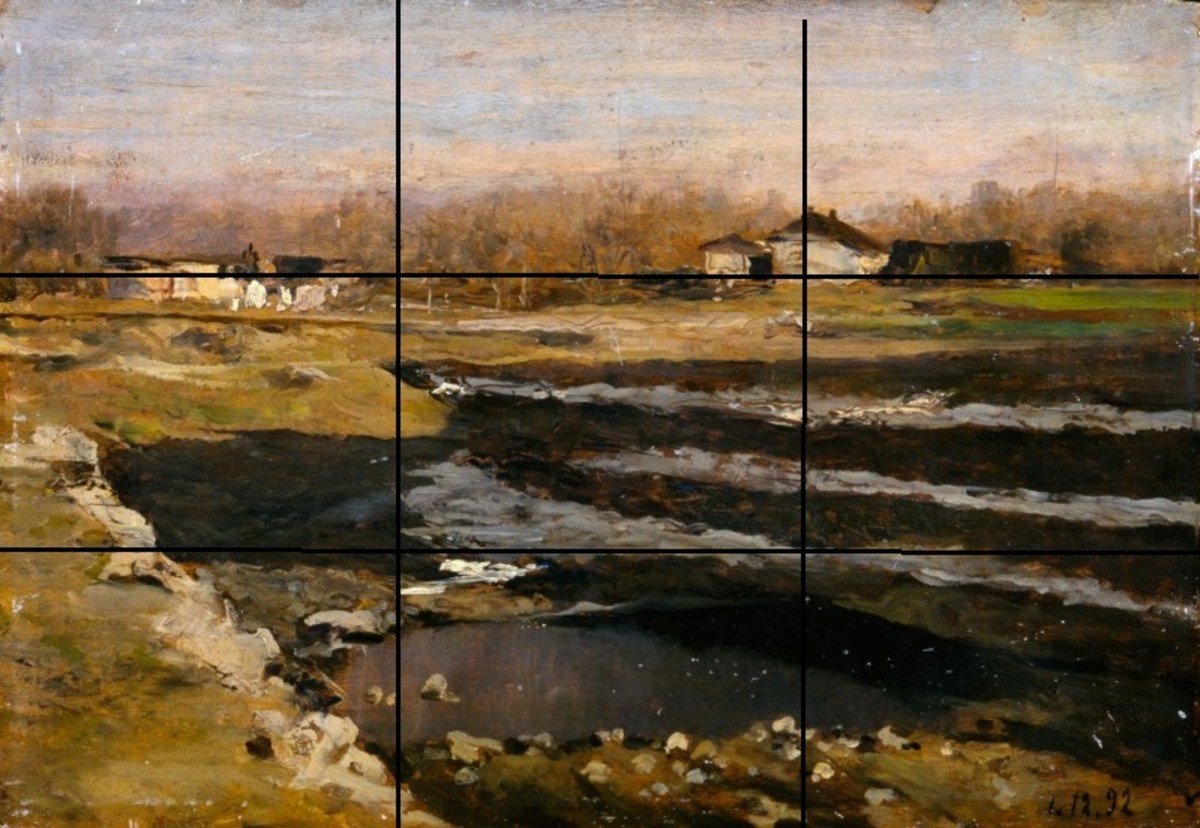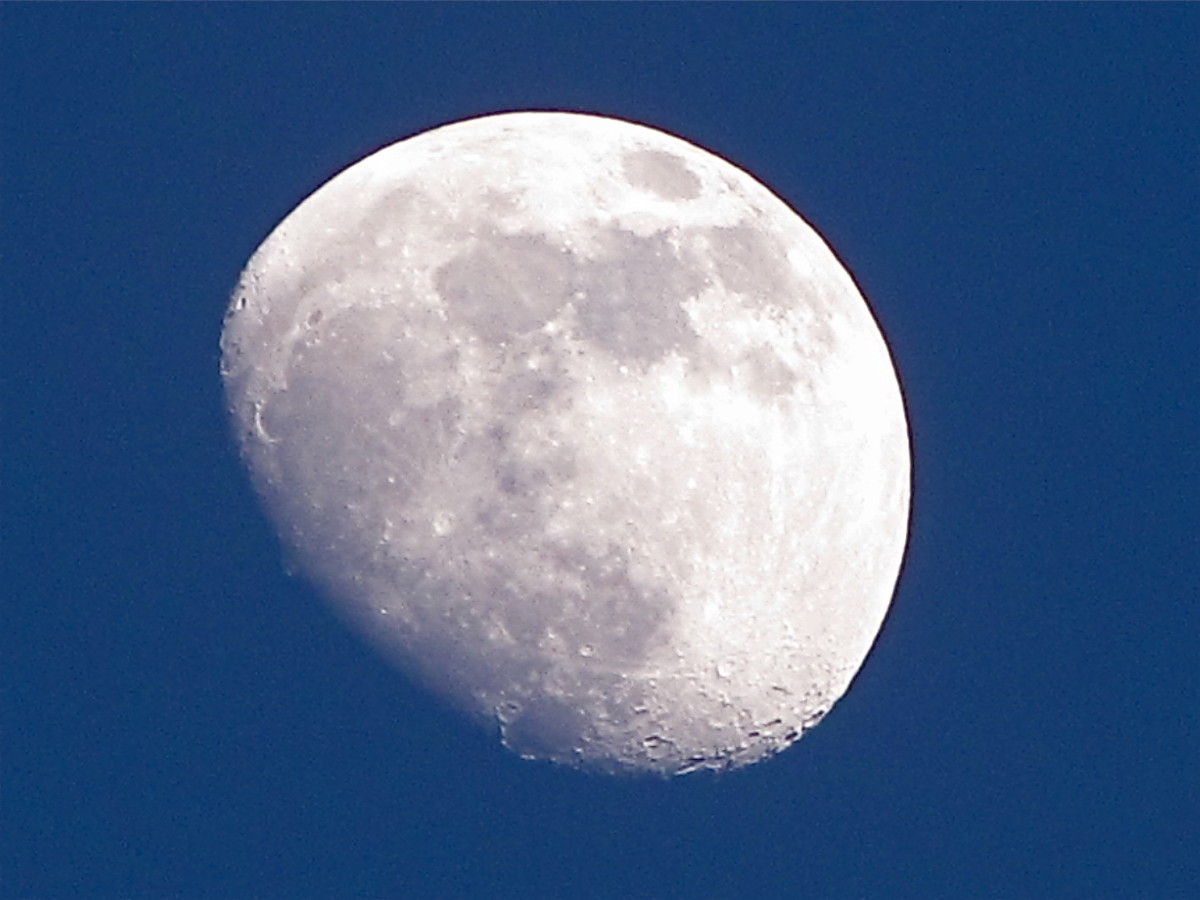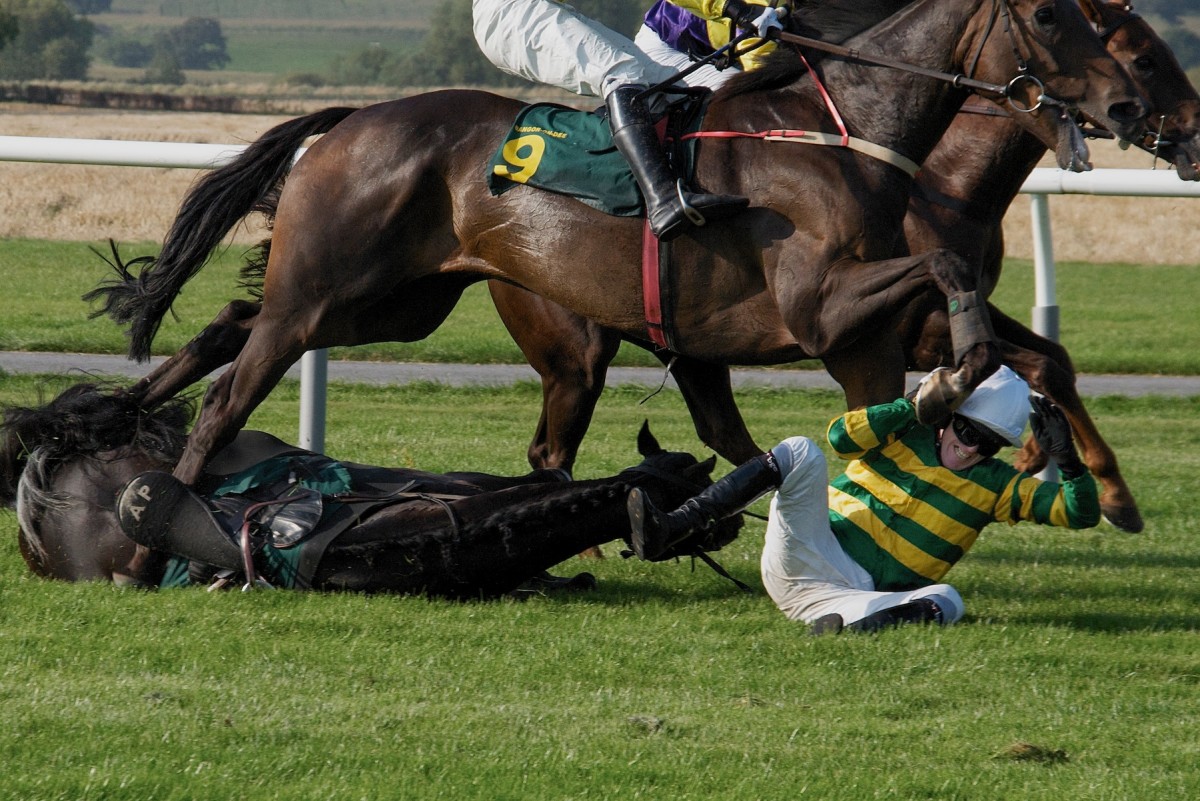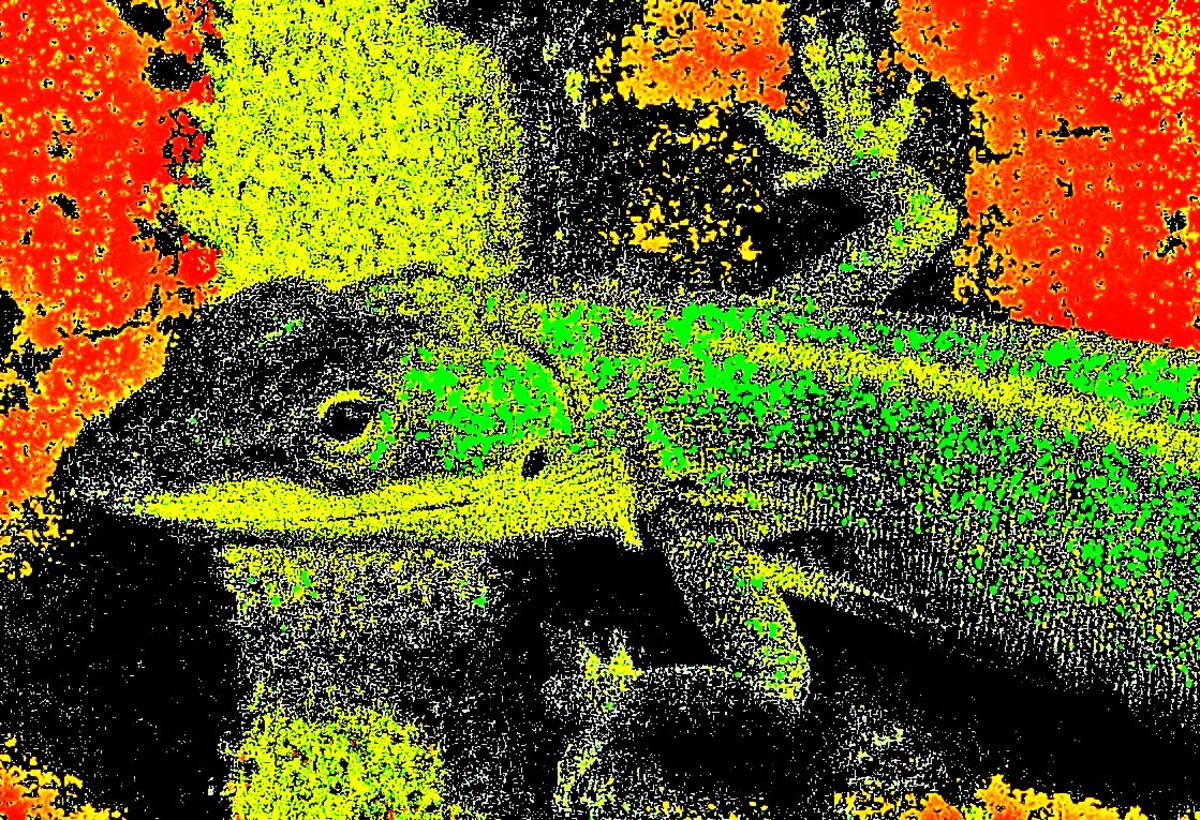How to Incorporate the Rule of Thirds Into Your Photos
A picture is worth a thousand words...so tell a story with your photographs.

What is the Rule of Thirds?
The rule of thirds is a simple strategy used commonly by professional and amateur photographers alike. This strategy consists of lining up lines or hotspots on a grid with your subject. This grid can be imagined, and some cameras allow the option to superimpose grid lines onto your viewscreen. But remember, only use the rule of thirds while taking the photo, don't superimpose a grid onto the actual photograph after it has been taken. This shouldn't be a problem, most cameras only have the grid on the photo as you take it, not after.
This strategy is probably my favorite strategy, because of how easy it is. After practicing, you will be able to apply this strategy, almost without thinking!
Using the Rule of Thirds
Using the rule of thirds is very easy, and can be implemented as you are taking the photo, rather than editing the picture afterwards. There are two main ways to implement the rule of thirds into your photographs: Lining up hotspots, and lining up grid lines.
Using Hotspots With the Rule of Thirds
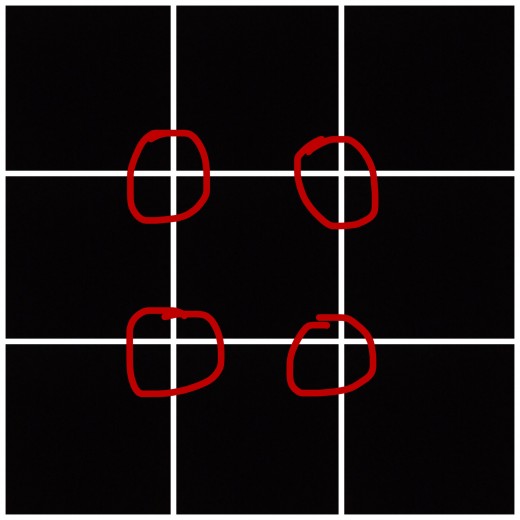
Using hotspots is the first way to use the rule of thirds we will be looking at. See the four points circled in red on the grid? Those are the four hotspots. They can be lined up with certain items or points of interest in the scene. For instance, look at this photo below. To take this, I lined up the two hotspots on the right side with the corners and points of the wall on the right of the stone steps.
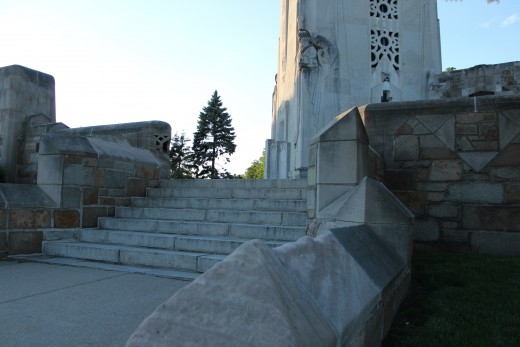
This photo appears more artistic and interesting than, say, if the picture had been taken of the steps straight on without the rule of thirds. The strategy gives the picture a more creative aspect. It encaptures the sprawling nature of the stone walls, the patterns in the brick, and the overall age and steadfast firmness of the staircase altogether.
Use the hotspots when photographing a scene with solid details or objects. For example, a persons eyes, building corners, any non-linear details. For the linear side of things, grid lines would be a more adequate choice. So, let's take a look at what grid lines can do for your photography!
Using Grid Lines With the Rule of Thirds
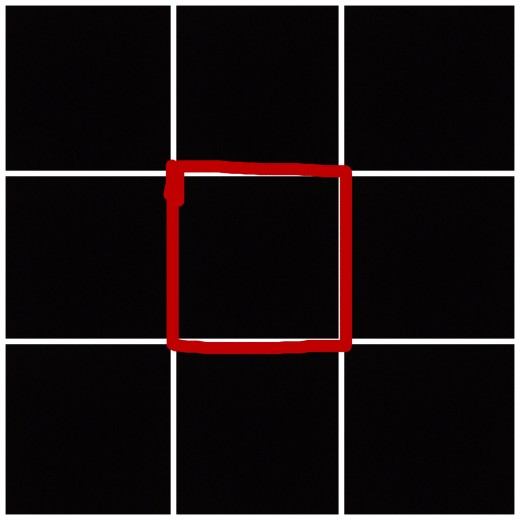
The second way to implement the rule of thirds is by following grid lines. In the picture above, I have highlighted the four lines in the center square of the grid. However, feel free to use any of the lines in your photos! I usually use the two middle vertical lines the most often. I find that using the rule of thirds with horizontal grid lines, rather than hotspots, is great for photographing a horizon or skyline. These lines are also very useful when photographing buildings and structures, as the grid lines highlight architectural features.
Take a look at the photo below for an example.
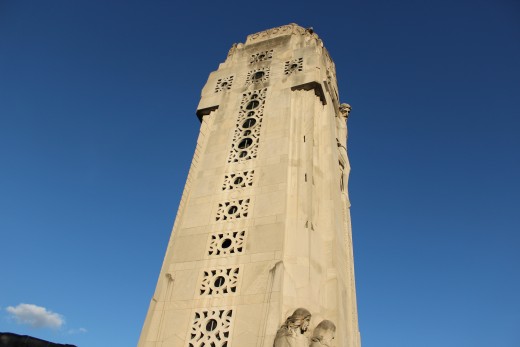
In this photo, I lined up the vertical grid lines with the sides of the church tower, emphasizing it's size and sharp edges. Combined with the angle I shot from, the tower appears more imposing and, well, towering.
So, as you can see, photographs are improved by the use and implementation of the rule of thirds. The rule of thirds is an easy, versatile tool that can be used in a variety of types of photography. When used correctly, it can make your photos more interesting and artistic. It also shows the focus of the photograph, making it clear what the subject of your photo is supposed to be. The rule of thirds can be used by anyone with any camera, from camera phone to DSLR. Using the rule of thirds will make your photographs more artistic, more interesting, more storytelling, and just better overall!
Camera Used: Canon EOS Rebel T5
Canon or Nikon?
© 2016 Jack Armstrong


